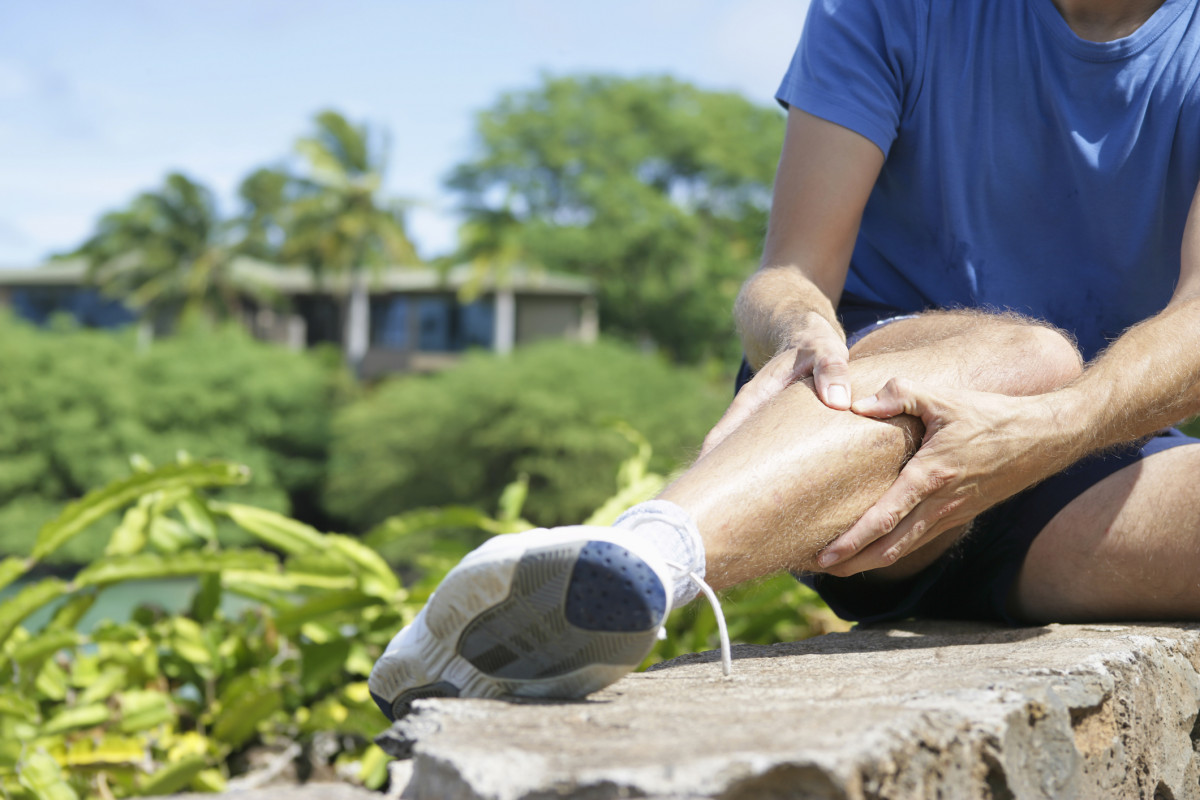
If you’re a running athlete, veteran or beginner, then you are probably familiar with the dreaded condition known as ‘shin splints’. The incidence of this condition has been reported between 4% to 35% of military personnel and athletes. However, what is actually the cause of your pain? Shin splints or a bony stress reaction?
What are ‘shin splints’?
Medial tibial stress syndrome (MTSS) is the medical name given to shin splints. It refers to pain experienced on the inside of the shin bone during exercise. Symptoms may include tenderness along a length of approximately 5cm of the shin bone and pain on impact activity.
Studies have shown that medial tibial stress is caused by an inflammation of the periosteum (outside layer of the bone) as a result of traction from muscle pull. It is understood that this condition will not progress or lead to a bony stress fracture.
What else could be the cause of my shin pain?
Another common cause of shin pain is a bony stress reaction. In healthy bone, bone is continually remodelled at an even rate of reabsorption to bone formation. Therefore, the bone will strengthen when exposed to external forces and respond to the work load placed upon them. When repetitive loading is higher than the bones ability to remodel itself, a reaction occurs within the bone structure which can lead to stress fracturing. This condition can also cause shin pain in athletes.
Differentiation between these two conditions can often be difficult, symptoms of a stress fracture may include local bony tenderness, pain on impact activity and swelling over the fracture site. It is also difficult to diagnose a stress fracture without a scan.
How can physiotherapy help?
As you may be able to tell, shin pain is a complex area and one that involves a risk of stress fracture. The onset of symptoms are generally similar between the two conditions. Most commonly, poor lower limb biomechanics, as well as an increase in your training load, volume or intensity is what leads to shin pain.
Although there is no specific time frame for recovery, as it is individual dependent, your physiotherapist may treat as follows:
- Correct the biomechanics and posture of your lower limb
- Improve lower limb mobility and strength
- Provide appropriate advice on a modified training program
- Help with advancing your progress with your training
It is recommended that you seek out a professional for a proper assessment as the management of shin splints and bony stress reaction are vastly different. Your healthcare professional will assess and treat the underlying causes to your pain and manage your training load accordingly if appropriate. Good shoes, relative rest and ice after activity is a great way to start.
Nick Iconomou is a Physiotherapist who works with Rugby League and has a special interest in lower limb injuries. Nick works out of our Penrith and Blacktown rooms.
References
- Brukner K & Khan P 2017. Clinical Sports Medicine. 5thAustralia: McGraw-Hill Education
- Moen MH and Johannes LT et al. Medial Tibial Stress Syndrome. Sports Med. 2009; 39(7):523-546








